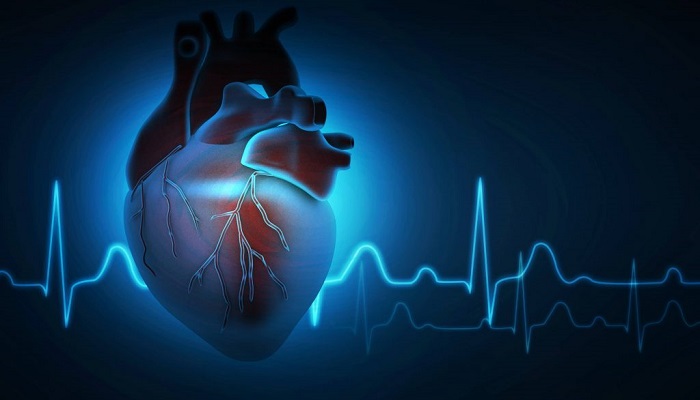There is a novel and enhanced method that has been discovered for diagnosing cardiac arrhythmia by the researchers at Universitat Politecnica de Valencia. Notably, the standard electrocardiogram, or what we commonly term an ECG, has been a go-to method to diagnose cardiac arrhythmia for around 100 years. Although ECGs are ideal in detecting pathologies but they do not help the caregivers with the right treatment plan for patients. They also happen to be somewhat uncomfortable and invasive, often requiring the use of catheters and surgery.
In the past few years, a new tech known as electrocardiographic imaging, or ECGi, has become prominent. This method allows the recording of cardiac activity in a non-invasive way. Although, it does require a CT scan to be done simultaneously, which means that its use is there for highly complex patients and that too in leading health centres only.
The UPV researchers have partnered with Corify Care to discover how ECGi can be used as a regular clinical tool. The findings are published in the Journal of Electrocardiology.
The researchers have assessed the likelihood of making use of ECGi without CT or MRI for detecting atrial fibrillation, which happens to be the most common form of cardiac arrhythmia. More than 40 million people suffer from this kind of cardiac arrhythmia across the world. Post this, the researchers analysed the surface signals of 25 patients having atrial fibrillation and compared the effects of using ECGi by use of imaging techniques vis-a-vis the proposed ECGI that uses an estimated cardiac geometry that is based on the anatomical attributes of the torso of the patients.
The result put forth the fact that the non-imaging ECGi could be seen as an effective technique when it came to non-invasive diagnosis of atrial fibrillation. It was able to give out more detailed data on the electrical activity taking place in the heart in a more complete way than that of the traditional ECGs.
According to Dr. Maria Guillem, who happens to be the researcher on the project, this will go on to help in detecting as well as diagnosing the cardiac arrhythmia more precisely and also help in planning cardiac arrhythmias in the surgery room with more effectiveness and efficiency as it provides the exact location and the possible extent of the arrhythmia.
Besides decreasing a patient’s exposure to ionising radiation, which is a given when it comes to CT scans, the new methodology aids in reducing both time as well as cost. The scientists look forward that these traits shall allow the diagnosis of cardiac arrhythmia become more suitable as well as universal when it comes to practicing them across clinics. The technology is, as of now, under development and had already been patented before the study’s publication.


















